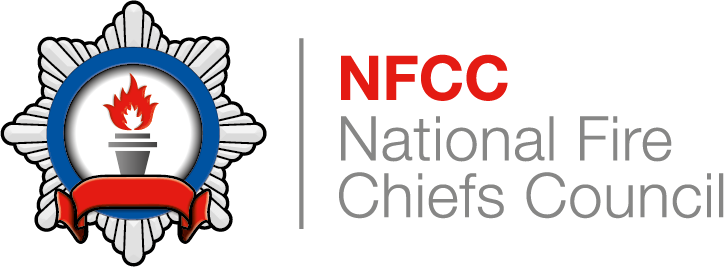Results
Filter
Search Results
Showing 101 - 115 of 115
The following National Occupational Standards apply to the Training Specification for Survival Guidance Unit CO3 Co-ordinate response to assist with resolution of event Elements CO3.1 Ga...
Survival guidanceDue to the nature of some types of incidents, it may not be feasible to demonstrate practical application of training; however, the delivery of the tactical actions could form part of a training exerc...
Water rescueDue to the nature of some types of incidents, it may not be feasible to demonstrate practical application of training; however, the delivery of the tactical actions could form part of a training exerc...
Incidents involving animalsDue to the nature of some types of incidents, it may not be feasible to demonstrate practical application of training; however, the delivery of the tactical actions could form part of a training exerc...
Hazardous materials - Physical hazardsDue to the nature of some types of incidents, it may not be feasible to demonstrate practical application of training; however, the delivery of the tactical actions could form part of a training exerc...
Fires in buildings under construction or demolitionDue to the nature of some types of incidents, it may not be feasible to demonstrate practical application of training; however, the delivery of the tactical actions could form part of a training exerc...
Fires in buildingsDue to the nature of some types of incidents, it may not be feasible to demonstrate practical application of training; however, the delivery of the tactical actions could form part of a training exerc...
Hazardous materialsDue to the nature of some types of incidents, it may not be feasible to demonstrate practical application of training; however, the delivery of the tactical actions could form part of a training exerc...
TransportDue to the nature of some types of incidents, it may not be feasible to demonstrate practical application of training; however, the delivery of the tactical actions could form part of a training exerc...
Heights, structures and confined spacesUK fire and rescue services attend around 300 significant fires in waste sites each year. Fires occur at waste sites that are permitted or licensed by environmental agencies, that have an exemption ...
Fires in waste sitesThis guidance deals with fires in buildings under construction or demolition, including those undergoing building work. Depending on the nature and scale of the operational incident, a variety of sign...
Fires in buildings under construction or demolitionThis section of Operational Guidance identifies the hazards and control measures that should be considered when writing policies for dealing with fires in buildings. For the purposes of this guidanc...
Fires in buildingsThis section of guidance examines the hazards encountered by fire and rescue service personnel, other responders and members of the public at hazardous materials incidents. It contains hazard and ...
Hazardous materialsTerrorist groups use violence and threats of violence to publicise their causes and as a means to achieve their goals. They often aim to influence or exert pressure on governments and government p...
Terrorist attacksThe highest priority for fire and rescue services at an incident will always be the safety of the public, personnel and other emergency responders. They must also consider potential damage to the envi...
Environmental protection